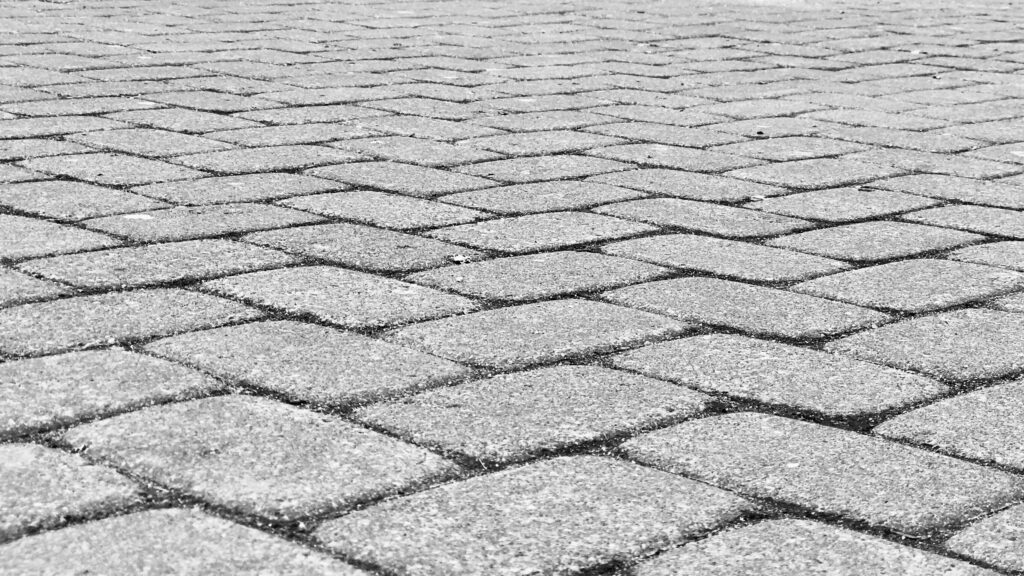Preserving the integrity of pavement is essential for safety, aesthetics, and cost-effective infrastructure management. Knowing the dos and don’ts of pavement maintenance is crucial in ensuring the longevity and functionality of roads, driveways, and parking lots. In this comprehensive guide, we’ll explore the fundamental practices that contribute to pavement integrity while highlighting the pitfalls to avoid. Understanding the direct correlation between well-maintained pavement and overall community safety emphasizes the importance of proactive care and attention.
Do Regular Inspections: The Foundation of Proactive Maintenance
Regular inspections form the cornerstone of pavement maintenance. Conduct visual assessments to identify cracks, potholes, and surface irregularities. Addressing these issues promptly prevents them from evolving into more significant problems, extending the life of the pavement. A proactive inspection routine enables timely intervention, saving both time and resources in the long run. Additionally, technology such as pavement imaging and sensors can enhance inspection accuracy, providing valuable data for targeted maintenance efforts.
Don’t Delay Repairs: Timely Intervention Saves Costs
One of the cardinal sins in pavement maintenance is delaying necessary repairs. Whether it’s filling cracks, patching potholes, or addressing surface deterioration, prompt intervention is paramount. Ignoring these issues can lead to accelerated pavement deterioration, escalating repair costs, and compromising safety. Timely repairs not only maintain the aesthetics of the pavement but also contribute to its structural integrity. Establishing a responsive repair protocol minimizes inconvenience for road users and ensures the longevity of the pavement.
Do Implement Proper Drainage: Mitigating Water-Related Issues
Effective drainage is a critical aspect of pavement maintenance. Poor water management can lead to erosion, weakening the pavement’s foundation. Install and maintain proper drainage systems, including gutters and stormwater drains, to divert water away from the pavement surface. This preventive measure safeguards against water-related issues, such as potholes and base erosion, preserving the structural integrity of the pavement. Additionally, incorporating permeable pavement solutions can enhance water drainage, reducing the risk of standing water and potential damage.
Don’t Overlook Seal Coating: Shielding Against Environmental Factors
Sealcoating is a protective layer that shields pavement from environmental elements such as UV rays, rain, and snow. Neglecting seal coating leaves the pavement vulnerable to oxidation, cracking, and premature wear. Regularly apply seal coating in cold weather as part of your maintenance regimen to extend the life of the pavement and enhance its resilience against the harsh impact of weather and traffic. Beyond protection, seal coating also enhances the pavement’s appearance, contributing to a well-maintained and visually appealing environment.
Do Practice Proper Traffic Management: Minimizing Wear and Tear
Traffic patterns significantly impact pavement wear. Implement proper traffic management strategies to distribute the load evenly across the pavement. Utilize designated parking areas and avoid heavy equipment operation on vulnerable sections. By minimizing concentrated traffic stress, you mitigate wear and tear, preserving the pavement’s structural integrity over time. Educating the community about responsible parking practices and encouraging the use of alternative routes during construction can further reduce unnecessary stress on the pavement.
Don’t Neglect Professional Assessments: Expert Insights for Long-Term Maintenance
While regular inspections are crucial, professional assessments provide in-depth insights. Periodically engage pavement experts to evaluate the condition of the pavement, identify potential issues, and recommend tailored maintenance strategies. Professional assessments go beyond surface-level inspections, offering a comprehensive understanding of the pavement’s structural health and longevity. Collaborating with experts establishes a proactive and informed approach, allowing for strategic planning and budgeting for long-term pavement care.
Do Implement Green Solutions for Long-Term Health
In the pursuit of pavement integrity, environmental considerations play a crucial role. Choose sustainable materials and construction practices that minimize environmental impact. Explore permeable pavement options that facilitate water absorption, reducing runoff and promoting groundwater recharge. Incorporate recycled materials in asphalt mixes to contribute to a circular economy. By embracing eco-friendly alternatives, you not only enhance pavement durability but also align with broader environmental goals, creating a harmonious balance between infrastructure development and ecological responsibility.

Maintaining pavement integrity is a multifaceted responsibility that requires a blend of proactive measures and timely interventions. By conducting regular inspections, addressing repairs promptly, implementing proper drainage and seal coating, practicing effective traffic management, seeking professional assessments, and incorporating sustainable, environmentally friendly practices, you fortify the foundation of your pavement against the challenges of time and usage. Embrace these dos and don’ts, along with green solutions, as guiding principles in your pavement maintenance efforts. This ensures that your paved surfaces stand resilient, safe, aesthetically pleasing, and environmentally responsible for years to come. The ability to navigate the intricacies of pavement maintenance with precision positions professionals for success, promising not only resilient roads but also a sustainable and ecologically conscious infrastructure.


